One of the main questions on every trekker’s mind is What to pack for the trek? Whether a first-timer or a professional, the excitement for the trip always brings packing anxiety. So, to make your task more accessible, we have created the Annapurna Base Camp Trek Packing List.
What you bring along during the Annapurna Base Camp Trek determines the outcome of your trip. If you carry more than needed, it will only wear you out, and if you miss out, you might have problems finding a substitute in the Himalayas.
Annapurna Base Camp Trek Packing List
Annapurna Base Camp Trek Packing List is ideal for helping you have a firm idea of what to bring for the journey. Training is essential for the trip, but so is carrying the right gear.
The trek begins from 1400 m and heads up to 4130 m, so you must carry a mixture of light, heavy, and comfortable clothing and accessories.
Thus, we have created a checklist below to make it easier for you to decide what to carry along.
Clothing Checklist
The trek transitions from hot to cold or colder depending on the month. Lower regions have mild temperatures but keep increasing as you climb to higher altitudes. So you need to pack both light and warm clothes.
Head Wear
Sun Cap or Wide Brimmed Hat
You can carry a Sun cap, Wide Brimmed Hat, or both to protect yourself from the blazing sun and its rays. Wearing this reduces heat-induced headaches and dehydration. This headwear also saves you from getting sunburned.
Warm fleece or wool hat
The temperature tends to drop during the nights and early mornings. Sometimes, it gets chilly during the day due to windy or cloudy weather. So it is recommended to bring a wool or fleece hat to keep your head warm. The cap should be able to cover your ears as well.
Balaclava or Buff
Hats can only cover your head and ears, so you need to carry a proper buff or balaclava that keeps your neck, mouth, and lips warm. The dry and cold air in higher elevations causes coughing or throat issues, and these items help prevent them.
Headlamps
Headlamps are great accessories for low visibility. There are times when you need to begin the trek in the dark to avoid hazards, so bringing one comes in handy. Also, don’t forget to pack extra batteries.
Sunglasses
Do not bring your regular sunglasses for the trek; instead, carry dark ones that protect your eyes from strong winds and harsh UV rays. Getting an extra pair would be wise as well.
Body Wear
Long Sleeve Shirt or T-shirt
Carry a pair of long-sleeved shirts or t-shirts made from nylon or synthetic fabric that wicks moisture. It is also an excellent layer to bring a bit more warmth on chilly mornings or protect your skin from the sun. For venting options, carrying ones with a zip or button neck is better.
Short-Sleeve Shirt or T-shirt
Carry a pair or more of short-sleeved shirts or t-shirts made from synthetic or merino wool materials, not the cotton ones. They should absorb moisture and be able to quick-dry.
Thermal Tops
Carry lightweight thermal tops that keep your body warm at higher altitudes as the temperature is chilly there. These are a must, no matter the season.
Down or Puffer Jacket
If you are a hiker or have previous trekking experience, you might already have the jacket. But if you don’t, bring a down jacket that keeps you warm at -10 degrees. However, ensure the jacket is lightweight, and you can layer it over the shirt or under the rain jacket.
Rain Jacket with Hood
Carrying a rain jacket is a must as you never know the weather of the Himalayas. There are sudden rainfall changes; if not, they will also protect you from the strong winds. It should be breathable with pit zips and a hood for venting.
Hiking pants or tights
Carry hiking pants or tights made from nylon or polyester materials that are quick-dry, breathable, and comfortable. For men, it is better to carry a convertible that zips into shorts. For women, make sure it has a bit of spandex for stretching.
Shorts
Treks begin from a lower elevation, and it sure is humid and hot in the jungles, so carry shorts to wear in those areas. They should be quick-drying and be just above the knees, not shorter than that.
Thermal Trousers
Thermal trousers are great for layering and keeping you warm. Make sure they are made from merino wool-based fabric that reeks moisture and is lightweight.
Sports Bra (for ladies)
Bring 2 to 3 pairs, so you can wear one and dry out the other. Ensure the ones you bring don’t have many fabric layers and take time to air out.
Underwear
Carry 3 to 4 pairs of quick-drying underwear made from synthetic material and one comfortable underwear made from cotton fabric. They should feel light and prevent chafing.
Hand and Footwear
Gloves
The gloves you carry should be made from wool or fleece material that keeps your hand warm throughout the cold. If you quickly feel cold, then insulated gloves are a better option.
Socks
Carry 3 to 4 pairs of synthetic and wool blend socks that are of a perfect fit. You can bring liner socks, too, as they reduce rubbing and prevent blisters. Make sure to try them out before packing.
Hiking boots
You will be wearing hiking boots for the rest of the trek, so make sure yours are comfortable and waterproof. They should be of perfect fit and lightweight. Be sure to break into them before the trip.
Running shoes or sandals
After arriving at the lodge, you want to break out from the hiking boots and wear something light and comfortable like sandals, slippers, or running shoes.
Equipment Checklist
Duffle Bag
Bring a duffle bag of about 90/100 liters (20-22 gallons). If you are hiring porters, you receive them at the end of the day. You can also leave the extra stuff inside the bag and back at your hotel. Make sure it is lockable so you don’t lose your things.
Trekking Backpack
A trekking backpack weighing between 35 to 55 L is a good size but check in your home whether all your gears fit or not. They should be comfortable and lightweight to carry around if you do not plan on hiring a porter.
Day Backpack
If you hire a porter, you will need a 20 L day backpack to carry your day-to-day things like water, first-aid, shawls, muffler, snacks, etc.
Sleeping Bag
All the lodges provide you with a proper bed with electric topping and blankets, but they might be low on peak seasons. So, to be on the safe side, carry one.
Water bottle
The water bottle is essential during the trek, so make sure to put it first. Carry two bottles that store about 32 oz of water as you need to keep yourself hydrated.
Toiletries
Do not forget to pack daily items like quick-drying towels, toothpaste, travel-size shampoo, toilet rolls, soaps, and more.
Some other accessories for Annapurna Base Camp Trek Packing List are:
- Cash (in Nepalese currency)
- Sunscreen, lip balm, and moisturizer
- Hairbrush and ties
- Hand sanitizers
- First-aid
- Medicines (prescription ones)
- Mobile and camera charger
- Camera and memory cards
- Power bank, plug adapters, and more
Final Say
We hope our Annapurna Base Camp Trek Packing List was able to help you decide on what to bring along on the trails. Overall, the journey is exciting, and we wish you a wonderful time.
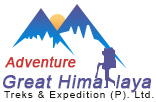
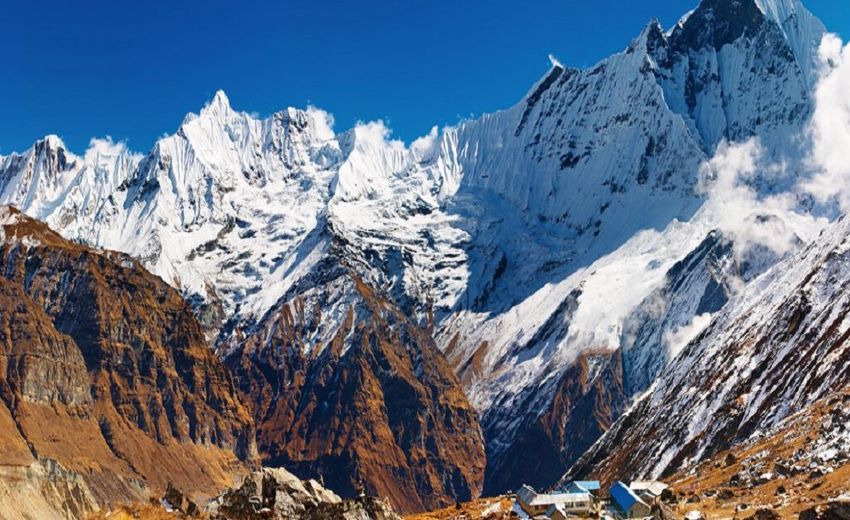
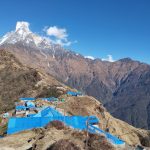 Thursday, November 27th, 2025
Thursday, November 27th, 2025
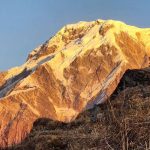 Wednesday, November 26th, 2025
Wednesday, November 26th, 2025
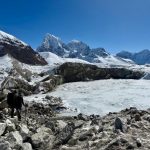 Friday, November 21st, 2025
Friday, November 21st, 2025
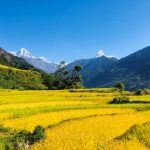 Saturday, October 18th, 2025
Saturday, October 18th, 2025
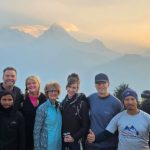 Friday, October 17th, 2025
Friday, October 17th, 2025
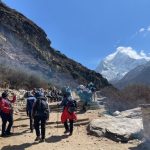 Tuesday, September 2nd, 2025
Tuesday, September 2nd, 2025
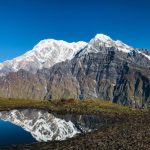 Saturday, August 30th, 2025
Saturday, August 30th, 2025
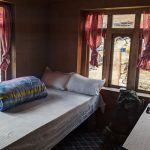 Monday, July 7th, 2025
Monday, July 7th, 2025
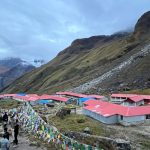 Thursday, July 17th, 2025
Thursday, July 17th, 2025
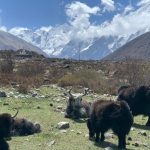 Monday, July 7th, 2025
Monday, July 7th, 2025
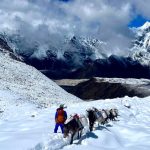 Wednesday, August 20th, 2025
Wednesday, August 20th, 2025
 Tuesday, August 5th, 2025
Tuesday, August 5th, 2025
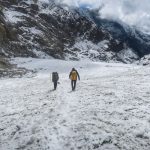 Wednesday, August 6th, 2025
Wednesday, August 6th, 2025
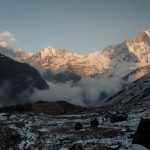 Wednesday, August 20th, 2025
Wednesday, August 20th, 2025
